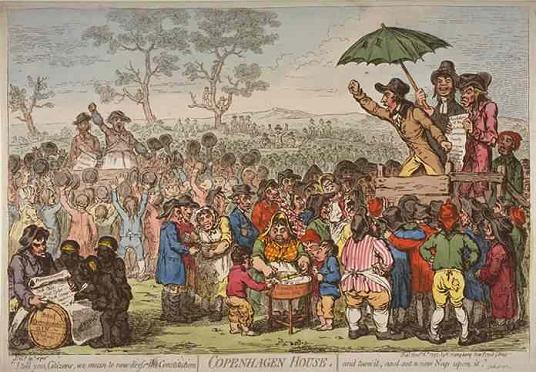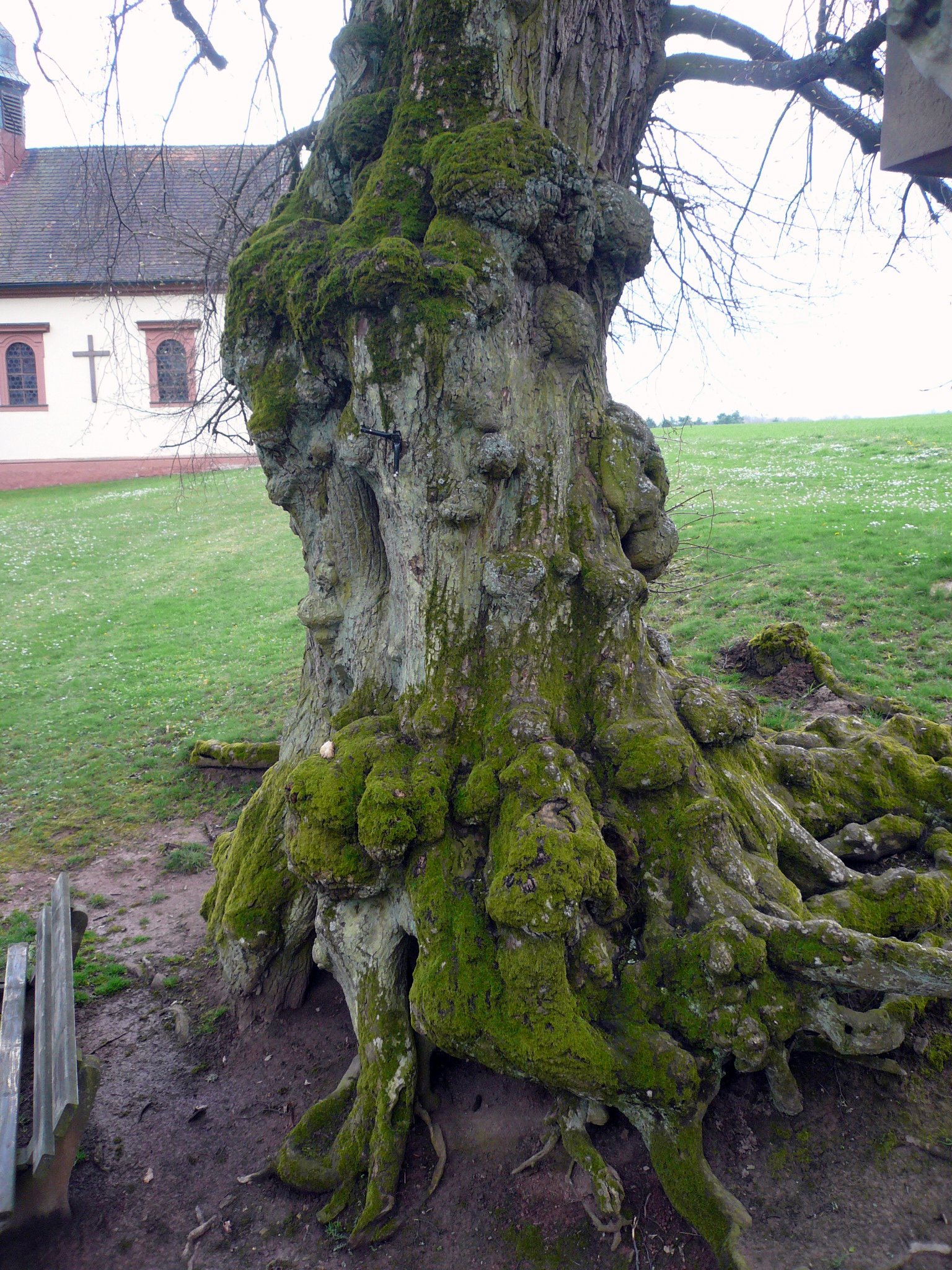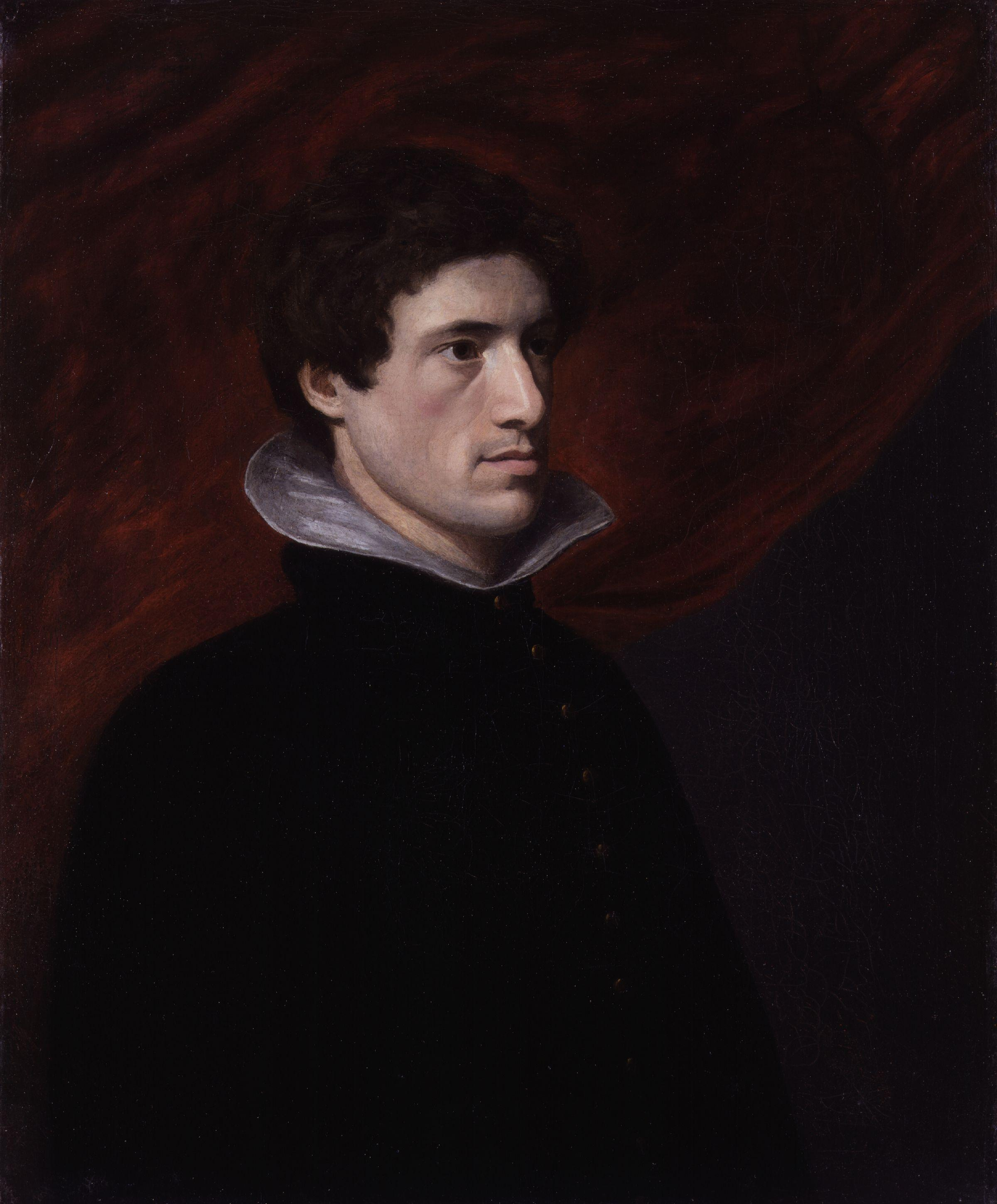|
This Lime-Tree Bower My Prison
"This Lime-Tree Bower My Prison" is a poem written by Samuel Taylor Coleridge Samuel Taylor Coleridge ( ; 21 October 177225 July 1834) was an English poet, literary critic, philosopher, and theologian who was a founder of the Romantic Movement in England and a member of the Lake Poets with his friend William Wordsworth ... during 1797. The poem discusses a time in which Coleridge was forced to stay beneath a lime tree while his friends were able to enjoy the countryside. Within the poem, Coleridge is able to connect to his friend's experience and enjoy nature through him, making the lime tree only a physical prison, not a mental one. Background During summer 1797, Coleridge was surrounded by many friends, including John Thelwall, William and Dorothy Wordsworth, Charles Lamb, Thomas Poole, and his wife Sara Fricker. During this time, he would relax, enjoy the surroundings, and work on poetry. However, there were problems between him and his wife, and she suffered from a ... [...More Info...] [...Related Items...] OR: [Wikipedia] [Google] [Baidu] |
Samuel Taylor Coleridge
Samuel Taylor Coleridge ( ; 21 October 177225 July 1834) was an English poet, literary critic, philosopher, and theologian who was a founder of the Romantic Movement in England and a member of the Lake Poets with his friend William Wordsworth. He also shared volumes and collaborated with Charles Lamb, Robert Southey, and Charles Lloyd (poet), Charles Lloyd. He wrote the poems ''The Rime of the Ancient Mariner'' and "Kubla Khan", as well as the major prose work ''Biographia Literaria''. His critical works were highly influential, especially in relation to William Shakespeare, and he helped introduce German idealist philosophy to English-speaking cultures. Coleridge coined many familiar words and phrases, including "suspension of disbelief". He had a major influence on Ralph Waldo Emerson and American transcendentalism. Throughout his adult life, Coleridge had crippling bouts of anxiety and depression; it has been speculated that he had bipolar disorder, which had not been defin ... [...More Info...] [...Related Items...] OR: [Wikipedia] [Google] [Baidu] |
Tilia
''Tilia'' is a genus of about 30 species of trees or bushes, native throughout most of the temperateness, temperate Northern Hemisphere. The tree is known as linden for the European species, and basswood for North American species. In Great Britain and Ireland they are commonly called lime trees, although they are not related to the citrus Lime (fruit), lime. The genus occurs in Europe and eastern North America, but the greatest species diversity is found in Asia. Under the Cronquist system, Cronquist classification system, this genus was placed in the family Tiliaceae, but genetic research summarised by the Angiosperm Phylogeny Group has resulted in the incorporation of this genus, and of most of the previous family, into the Malvaceae. ''Tilia'' is the only known ectomycorrhizal genus in the family Malvaceae. Studies of ectomycorrhizal relations of ''Tilia'' species indicate a wide range of fungal symbionts and a preference toward Ascomycota fungal partners. Description ''T ... [...More Info...] [...Related Items...] OR: [Wikipedia] [Google] [Baidu] |
John Thelwall
John Thelwall (27 July 1764 – 17 February 1834) was a radical British orator, writer, political reformer, journalist, poet, elocutionist and speech therapist.Thelwall, John (1764-1834) english-heritage.org.uk. Retrieved 30 May 2019. Life  Thelwall was born in , London, but was descended from a Welsh family which had its seat at Plas y Ward,
Thelwall was born in , London, but was descended from a Welsh family which had its seat at Plas y Ward,
|
Dorothy Wordsworth
Dorothy Wordsworth (25 December 1771 – 25 January 1855) was an English author, poet, and diarist. She was the sister of the Romanticism, Romantic poet William Wordsworth, and the two were close all their adult lives. Dorothy Wordsworth had no ambitions to be a public author, yet she left behind numerous letters, diary entries, topographical descriptions, poems, and other writings. Early life and education Dorothy Wordsworth was born in Cockermouth, Cumberland on December 25, 1771. She was the sister of English Romantic poet William Wordsworth and the third of five children born to Ann Cookson and John Wordsworth. Following the death of her mother in 1778, Dorothy was sent alone to live with her second cousin, Elizabeth Threlkeld, in Halifax, West Yorkshire until 1787. During this period, Dorothy attended boarding school at Hipperholme before transferring to a day-school in Halifax. In 1787, Dorothy moved to her grandparents' house in Penrith, re-establishing contact with ... [...More Info...] [...Related Items...] OR: [Wikipedia] [Google] [Baidu] |
Charles Lamb
Charles Lamb (10 February 1775 – 27 December 1834) was an English essayist, poet, and antiquarian, best known for his '' Essays of Elia'' and for the children's book '' Tales from Shakespeare'', co-authored with his sister, Mary Lamb (1764–1847). Friends with such literary luminaries as Samuel Taylor Coleridge, Robert Southey, William Wordsworth, Dorothy Wordsworth and William Hazlitt, Lamb was at the centre of a major literary circle in England. He has been referred to by E. V. Lucas, his principal biographer, as "the most lovable figure in English literature". Youth and schooling Lamb (née Field) was born in London, the son of John Lamb (–1799) and Elizabeth (died 1796), . Lamb had an elder brother, also John, and sister, Mary; four other siblings did not survive infancy. John Lamb (Lamb's father) was a lawyer's clerk and spent most of his professional life as the assistant to barrister Samuel Salt, who lived in the Inner Temple in the legal district of London; ... [...More Info...] [...Related Items...] OR: [Wikipedia] [Google] [Baidu] |
Thomas Poole (tanner)
Thomas Poole (14 November 1766 – 8 September 1837) was a Somerset Tanning (leather), tanner, Radicalism (historical), Radical philanthropist, and essayist, who used his wealth to improve the lives of the poor of Nether Stowey, his native village. He was a friend of several writers in the Romantic literature in English, British Romantic movement, a benefactor of Samuel Taylor Coleridge and his family, and an influence on the poems of William Wordsworth, Wordsworth. Youth Poole was born in 1766 in the village of Nether Stowey, Somerset, the son of a successful tanner and farmer. He was, against his own wishes, denied much formal education by his father, who instead apprenticed him to the family tanning business. In spite of his dislike for tanning he became a master of the trade, well thought of by his competitors, and in his spare time studied French, Latin and the humanities and social sciences. In 1790, he went to London as delegate to a tanners' conference, and in 179 ... [...More Info...] [...Related Items...] OR: [Wikipedia] [Google] [Baidu] |


